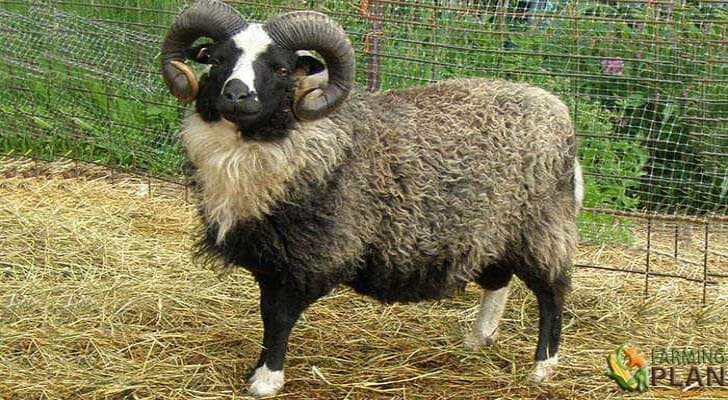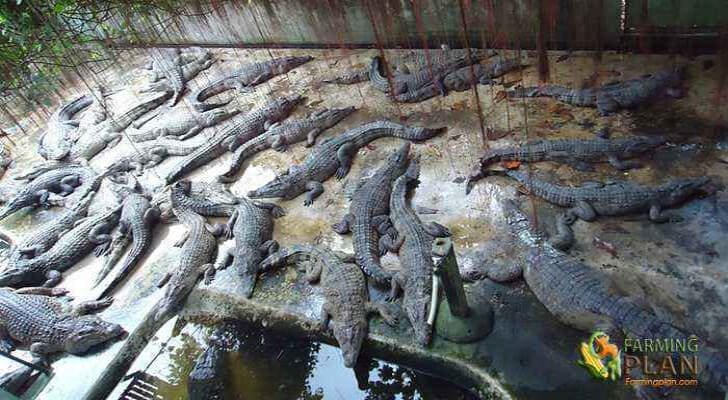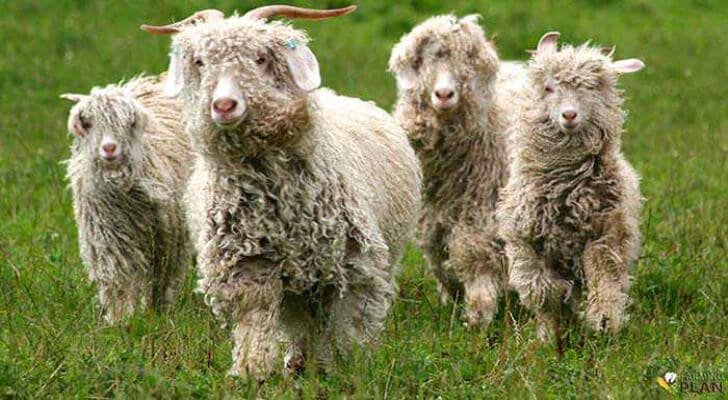Shetland sheep’s roots go back more than a thousand years. Shetland sheep are a strong and resistant primitive breed that was brought to the Shetland Islands by the Vikings more than 1,000 years ago. This breed is found within the short-tailed sheep group of northern Europe, which also includes Finn, Icelandic sheep, and Romanov.
The Shetland is a primitive race, without improvements noted for its natural rusticity. It also has the easy delivery, longevity, and ability to survive in adverse conditions. Shetland sheep are small, hardy animals that produce a lot of wool. They’re also known for their black faces and white bodies. Learn more about these interesting sheep in the following blog post!

Characteristics of Shetland Sheep
Shetland sheep is one of the smallest breeds of sheep. Shetlands is known mainly for its colorful wool production on which the Shetland wool industry is based. Shetland comes in one of the widest ranges of colors of any breed. There are 11 main colors, as well as 30 marks, many still have their Shetland dialect names.
This breed is characterized because it is treated in many colors. They are available in white, musket (light brown-gray) fawn, mioget moorit (yellow-light brown) (between reddish and red-brown), dark brown, light gray, emasjet (blue) Sheala (a dark steel gray,) and black
Shetlands naturally shed their wool in late spring and early summer. In addition, the males have horns in a spiral shape that gives a fabulous view of their bodies. The eyes of this breed look bright and very active. They have thin ears, which are medium in size, are located behind, and have a horizontal inclination.
While females usually are born without them. And the head of this species is wide where the ears are, and it becomes narrower towards the area of the nose. Usually, the head is hollow at the level of the cheeks, and the nose is well pronounced. These sheep are the most popular for their fiber which is very thin and soft.
With an average count of 23 microns, which is the same kind of cashmere. Micron counts can vary from 15-36, but nothing more than 31 microns is not recommended because it is more steed than desire. The 15-micron fibers are usually found around the neck and this superfine wool is uses to make traditional Scottish wedding shawls. You may also like to read Jacob Sheep.
The rumor of the fiber of the wool is very thin and well enough to be pulled completely through a wedding ring. It is also remarkable in the breed is its ease of use and care. This breed naturally has a shorter tail so most of the sheep do not need to have an anchor.
Their docile personality makes them ideal for pets and animals in fiber. And their ease of birth makes them great appetizers like cattle. Also, this breed is durable and adaptable to impressive longevity. Unlike many other small animals that do not appear these little creatures never face the threat of extinction.
The males of this species weigh between 40 and 60 kilograms. While the females maintain their weight of 35 to 45 Kilograms. You may also like to read Valais Blacknose Sheep.
Food
Shetland sheep are animals that feed on herbs, it is not uncommon to be able to observe them eating low branches of trees or shrubs that they find in their path. In addition, it is not a race that is capricious with food. So in some places, they are fed hay, grains and concentrates during the summer when the grass is in short supply.
Usage
Shetland sheep are a breed that is mainly exploited for the production of its wool. It has wool of excellent quality, and also in a variety of colors. You may also like to read Katahdin Sheep.
Special Feature
Shetland sheep are a popular breed nowadays among sheep breeders, fiber lovers, and pet owners. They do not technically consider a miniature sheep breed, but since they are a good business smaller than most sheep breeds that some people call. This breed is very calm and playful, a characteristic of them is that they tend to move their tails when they are caressed.
Usually, this breed is slow growing, however, they maintain their resistance. This breed became strong and resistant since in the past it faced strong climatic conditions and a very poor diet. It adapted to these external agents and now the new generations were born with those characteristics of being resistant. You may also like to read Suffolk Sheep.
It is not a demanding breed of care, that is why farmers prefer this breed. There are some characteristics by which this race would be disqualified, among them are that the tail is too long, with a lot of weight, or that it is wide. That the wool that produces is very rough or of bad quality. If they have bad training in the jaw. If the wool color is of opaque colors, or very dark colors and is not uniform.
FAQ
Do Shetland sheep need shearing?
Yes, Shetland sheep need shearing. This is because their wool grows quickly and can become matted if it is not tended to. Shearing should be done in the springtime, when the days are warmer and the nights are milder. This helps prevent any shock to the sheep that could be caused by colder temperatures after they have been shorn. In Shetlands, you should also consider the weather conditions before scheduling a shearing appointment. If it is too cold or wet outside, this could pose a risk to the health of your sheep. Additionally, it is important to hire an experienced shearer who knows how to properly handle and care for your animals.
How big is a Shetland sheep?
The Shetland sheep is a small breed of domestic sheep originating from the Shetland Islands in Scotland. They are one of the smallest breeds of sheep, with an average height at the shoulder ranging from 16 to 22 inches. They typically weigh between 40 and 80 pounds, and their wool can range from short and fine to long and coarse.
What do Shetland Sheep eat?
Shetland Sheep are a hardy breed of sheep that can thrive on minimal food and water. They do well on grazing grass for most months of the year, but will also eat hay, grains, and other feed. Depending on their environment and the time of year, they may need additional supplements like minerals or vitamins to meet their nutritional needs.
Conclusion
If you are interested in breeding Shetland sheep, this guide should help. We hope it has given you some insight into the breed and what to expect with these animals! Good luck on your journey as a breeder of this beautiful animal.
As A Reference: Wikipedia.


